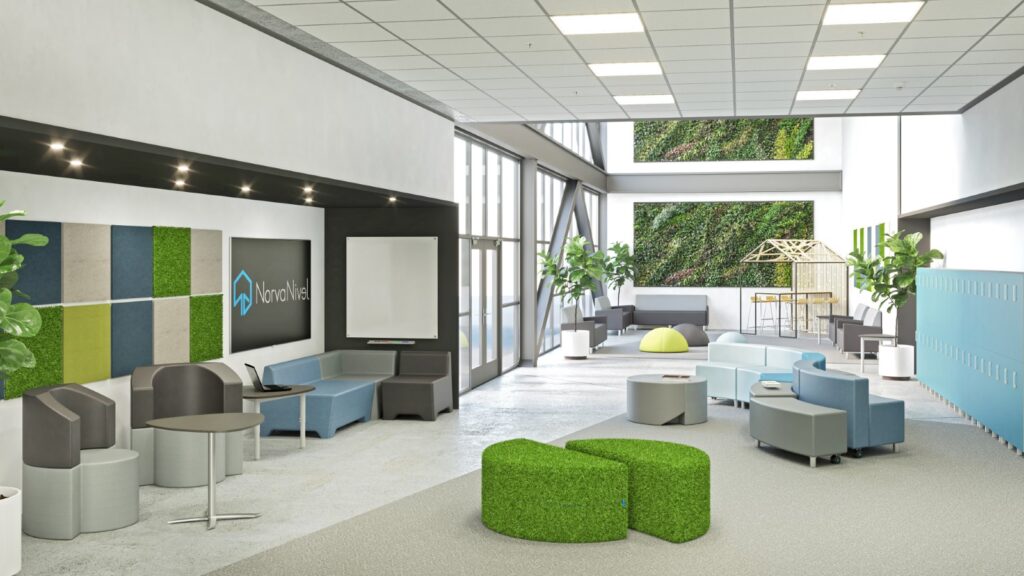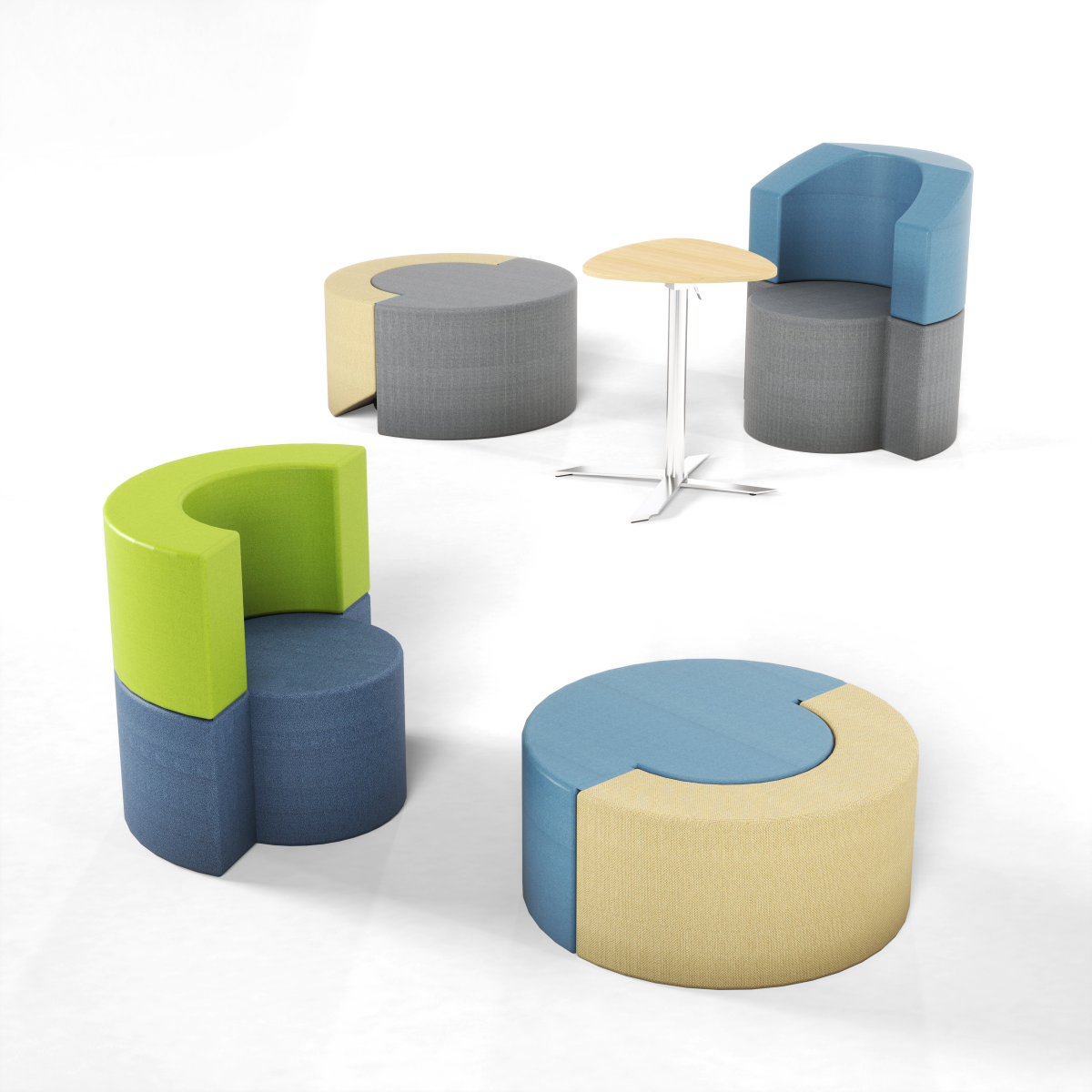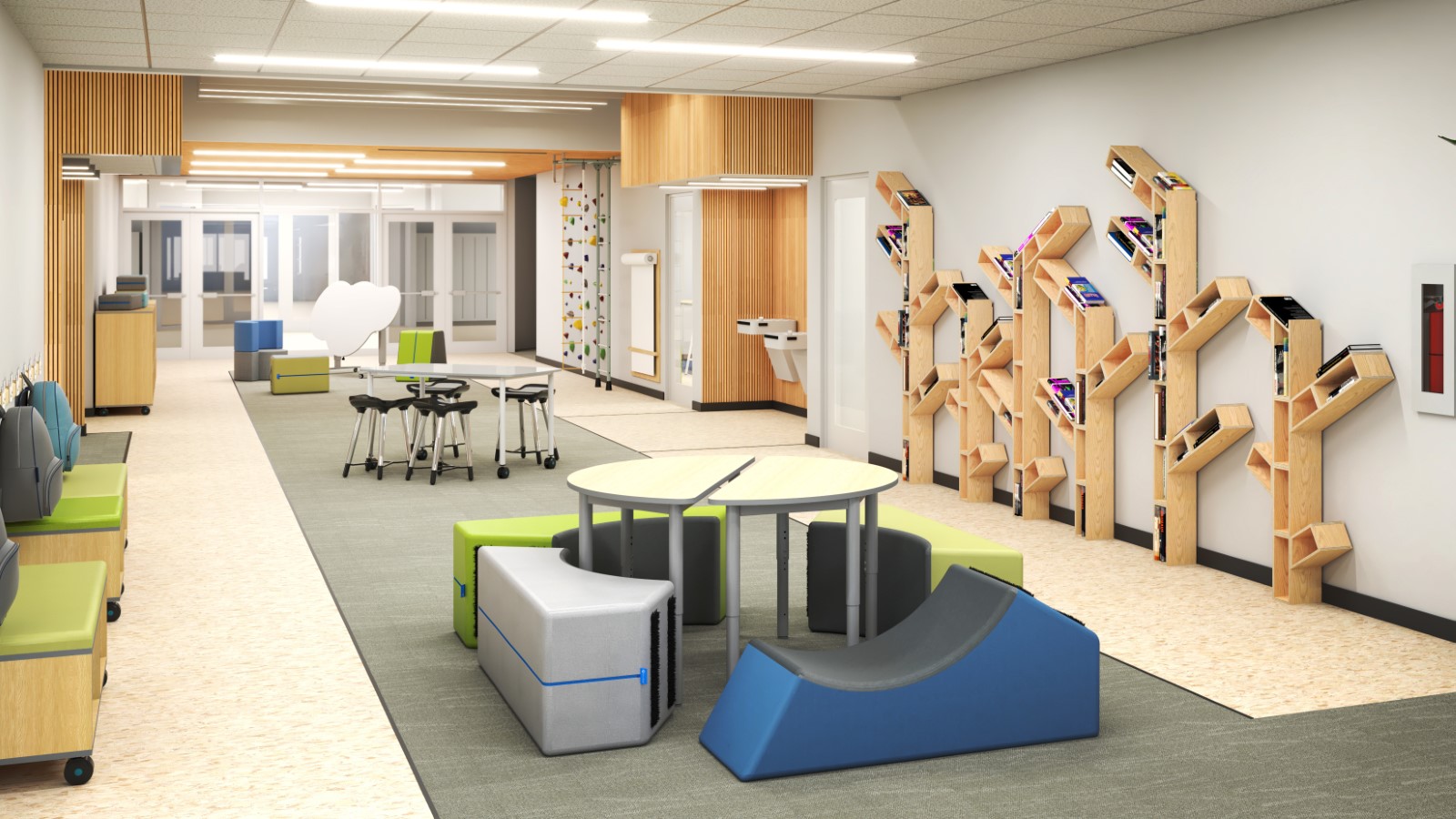Bullying Prevention Using Design
In 2021-2022, about 19% of students ages 12-18 reported being bullied during school (National Center for Education Statistics, 2022). In a multi-national study across 83 countries, 30.5% of adolescents reported being bullied (EClinicalMedicine, 2020) (PACER’S National Bullying Prevention Center.)
There’s an ongoing battle against school bullying. We often focus on social interventions, counseling programs, and disciplinary policies to counteract and prevent bullying. However, one powerful ally in creating safer school environments remains frequently overlooked: environmental design. The thoughtful curation of physical spaces can significantly impact behavior, social dynamics, and overall organizational culture.
Let’s explore how intentional design choices can help prevent bullying and foster more inclusive educational spaces.
‘Safe Zones’
Schools often contain “bullying hotspots” – areas with limited adult supervision or sightlines like hallways, bathrooms, and secluded corners of playgrounds. Design elements can work to eradicate these “hotspots” by:
- Improving Visibility: Open floor plans, strategic mirror placement, and removal of unnecessary barriers helps increase natural surveillance
- Defining Spaces: Clear boundaries between different activity zones help establish appropriate behavioral expectations
- Lighting Choices: Well-lit spaces create a more positive atmosphere (Karman, 2023).
Research from the American Institute of Architects shows that schools with thoughtfully designed open areas experience up to 20% fewer reported bullying incidents than those with numerous hidden or isolated spaces.
Promoting Inclusion
Design can break down social barriers and encourage interaction between different groups:
- Flexible Seating: Movable furniture allows for various collaborative configurations and prevents the formation of exclusive territories – between both learner groups and adult groups
- Diverse Centers: Creating spaces that appeal to different interests encourages cross-group socialization
- Universal Design Elements: Ensuring spaces are accessible to students of all abilities sends a powerful message about inclusion and respect
Psychology of Materials
The holistic sensory experience of a space significantly impacts communication/behavior:
- Color Psychology: Blues and greens have been shown to reduce aggression and promote calm, while warm tones like orange can foster creativity and social connection
- Natural Elements: Biophilic design incorporating plants, natural light, and views of nature has been linked to reduced stress and aggression in students
- Acoustic Considerations: Managing noise levels through sound-absorbing materials can reduce sensory overload and the irritability that might lead to conflict
Involving the Learning Neighborhood in the Design Process
Perhaps the most powerful approach is engaging communities themselves as stakeholders in the design process:
- Learner-led design committees encourage ownership and investment in school spaces
- The collaborative process teaches valuable lessons about considering diverse needs
- When individuals help create their environment, they’re more likely to respect it and each other
Tips & Tricks
Schools looking to leverage interior design for bullying prevention can start with these approaches:
- Conduct a spatial assessment: Identify current bullying hotspots and problem areas
- Seek expert input: Consult with designers who specialize in educational environments
- Start small: Even modest changes like rearranging furniture or improving lighting can make a difference
- Measure impact: Track behavioral changes and gather feedback after making design modifications
- Product Guided Discovery: Participate in Pilot Programming to test various products/materials and gather feedback from the learning community
**Message us with your inquiries! We will send you several measurement tools!**
Guided Discovery: FlipOtt
Guided Discovery is an instructional approach where facilitators create experiential learning scenarios by guiding individuals or groups to discover concepts and principles rather than directly teaching them. Here are several ways to integrated furniture, like the FlipOtt, into a learning community by utilizing Guided Discovery steps:
- Set the Stage: Introduce spatial design and transformation to establish curiosity and purpose.
- Provide Resources: All learners have access to materials, data, examples, or tools they might need to explore the product (Notice/Wonder charts, feedback sheets, color coded cards, etc.)
- Asking Guiding Questions: Ask open-ended questions which lead learners towards discoveries (i.e. What do you think we would do with the FlipOtt? How do you think the FlipOtt will help our learning community?)
- Allow Exploration Time: Give individuals time to interact with all materials, test ideas, and investigate
- Facilitate Discussion: Encourage collaboration and sharing of observations/insights
- Design as Bullying Prevention: Encourage a needs-based discussion between learners, allowing for normalization of inclusion within the community
Final Thoughts…
While interior design alone cannot eliminate bullying, it represents an important and often underutilized tool in a prevention toolkit. By creating physical environments that promote visibility, inclusion, and positive social interaction, we can support other anti-bullying initiatives and move toward schools where all students feel safe, valued, and connected.
When we recognize that bullying is not just a social problem but also an environmental one, we open new avenues for intervention. The spaces we create for our learning neighborhoods matter – they can either contribute to problems or help solve them. Through thoughtful whole-space design, we can literally build a foundation for more respectful, inclusive school communities.



